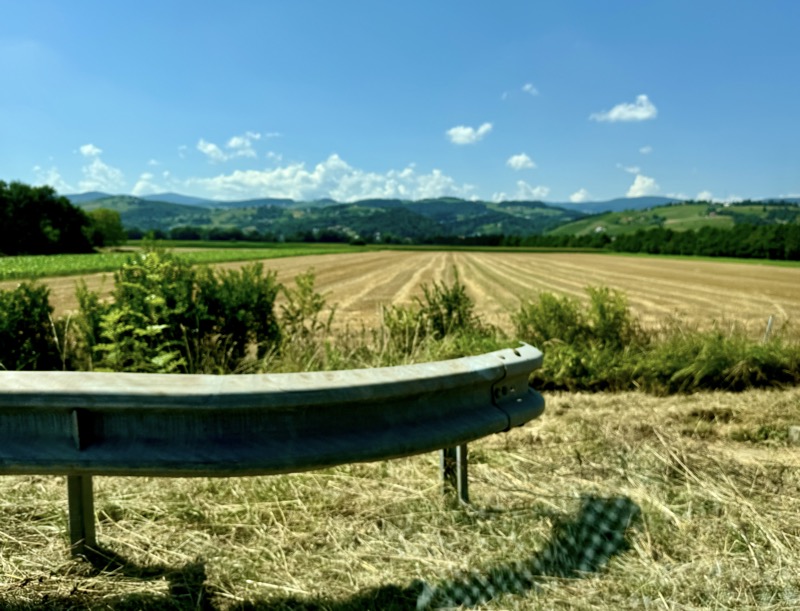I’ve discovered that I’m having a difficult time remembering what I saw and did in Vienna nearly 30 years ago… so I feel like I’m seeing the place for the first time. I do remember visiting the opera house and the Prater but not a lot else. That being the case, we tried to see some of the highlights, you know, that aren’t in museums.
St Stephen’s Cathedral is considered the central church of the Catholic Archdiocese of Vienna and the seat of the Archbishop. It’s located in the Stephansplatz and like so many other important cathedrals it was built on the foundations of an earlier church. The first recorded church here was consecrated in 1147, but the church as it stands now was started by Duke Rudolf IV (1339-1365). Many important Austrian and Habsburg events have occurred in this cathedral. It is most recognisable for its multicoloured rile roof and its twin towers, which I am told has 256 steps to the top, which is a very goodly number but am happy to discover there is also an elevator.
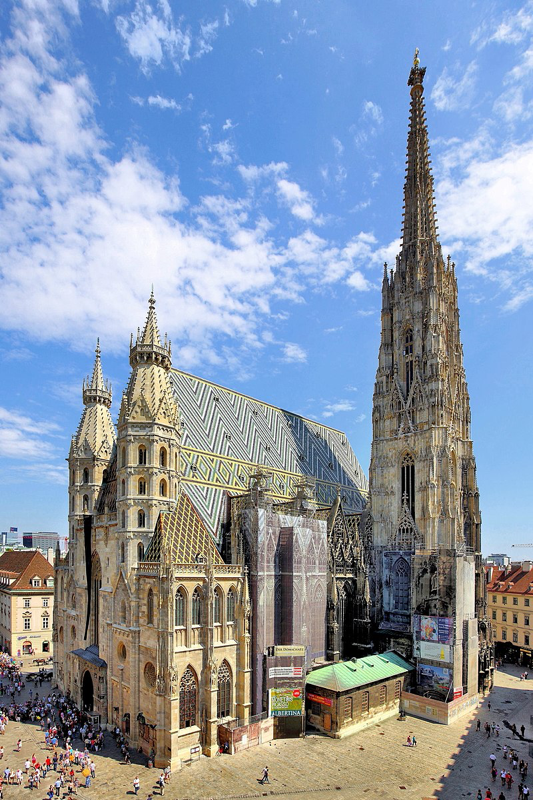
This is one of those places you can’t get far enough back to photograph because modernity has been built right up too close shrinking the Stephansplatz, but I bet they didn’t think about that in the 12thC. Vienna was an important centre in Germany at the time, and while it had four churches they apparently were insufficient for the ‘town’s ecclesiastical needs’. In 1137, land was given for new churches that would eventually be once St Stephen’s Cathedral. Although it was originally built in open fields outside the city walls, this new parish church was actually built on an ancient cemetery which has recently been dated to the ancient Roman period – graves in 2000 were found at a depth of 2.5m that have been dated to the 4thC.
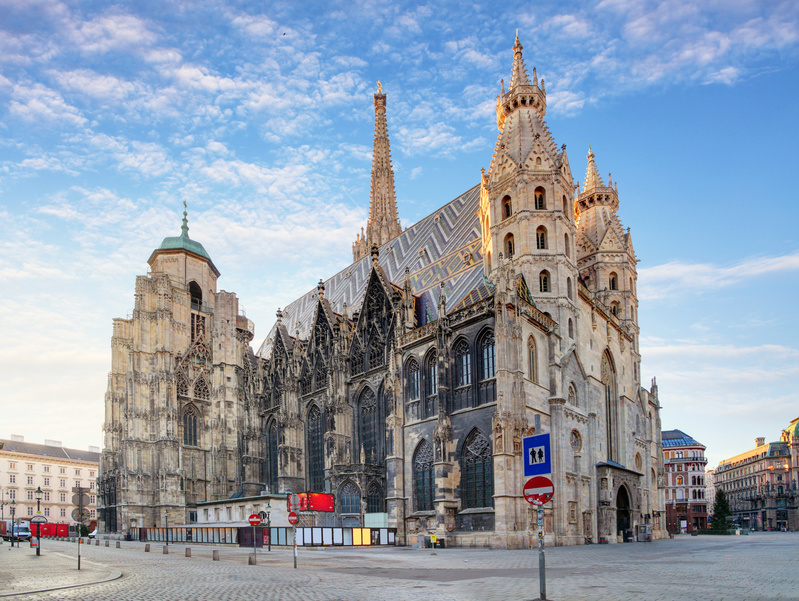
The tile roof is very cool!
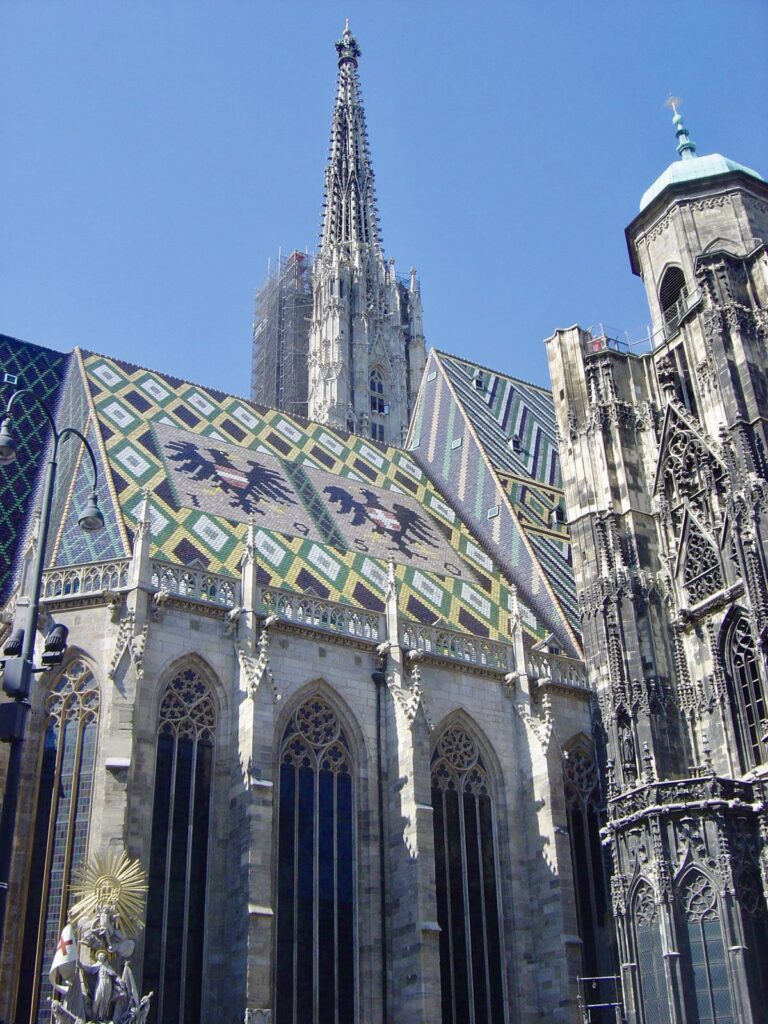

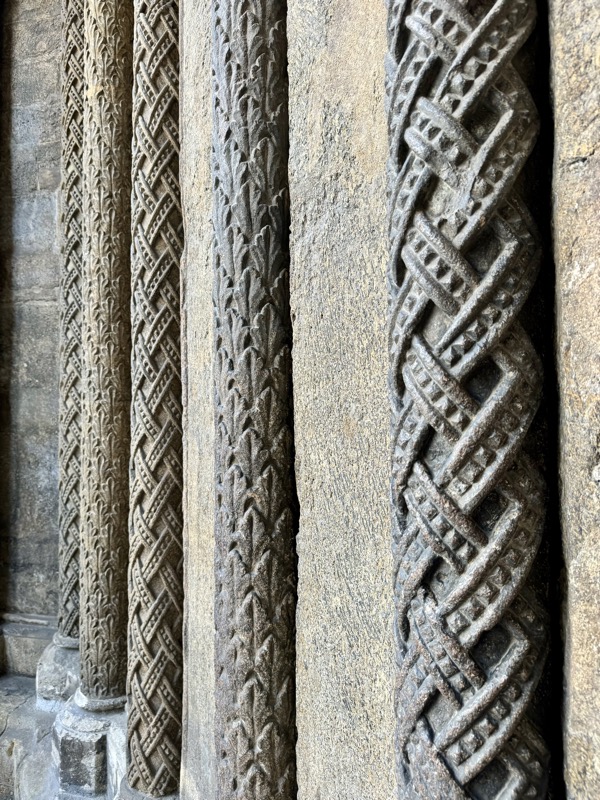

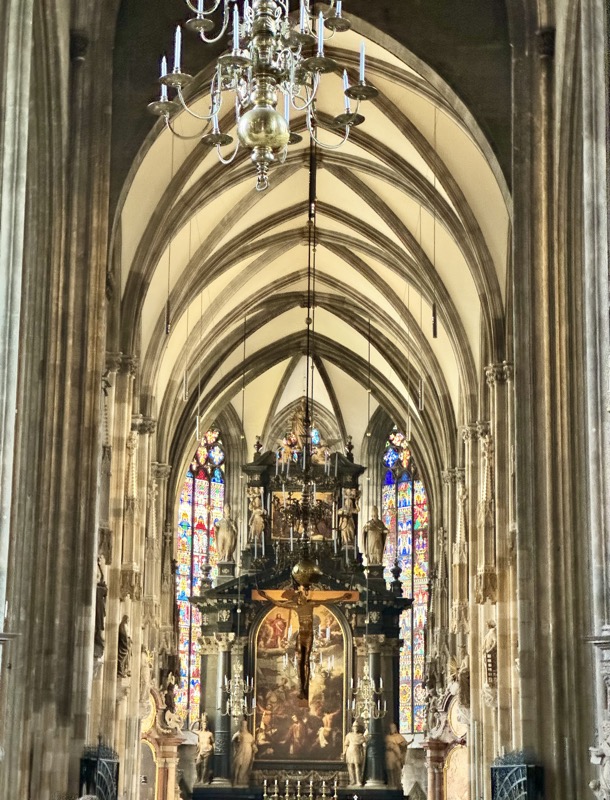
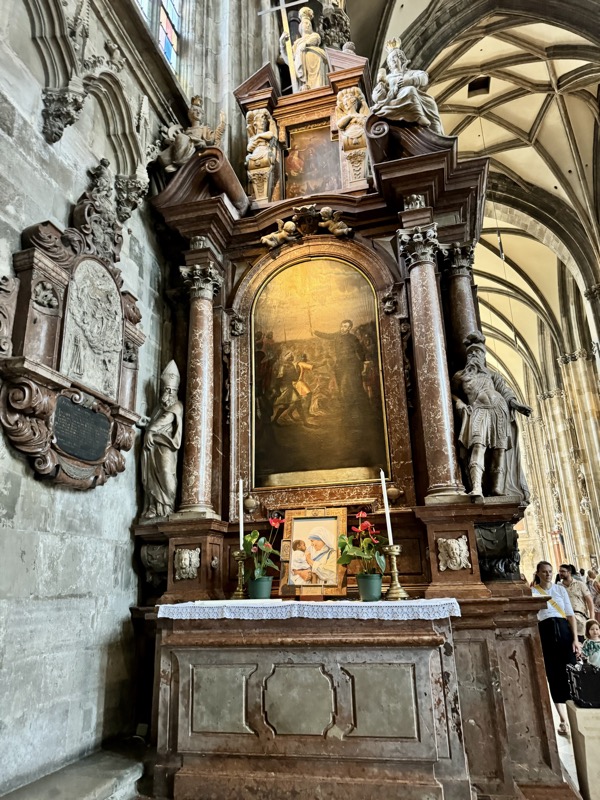
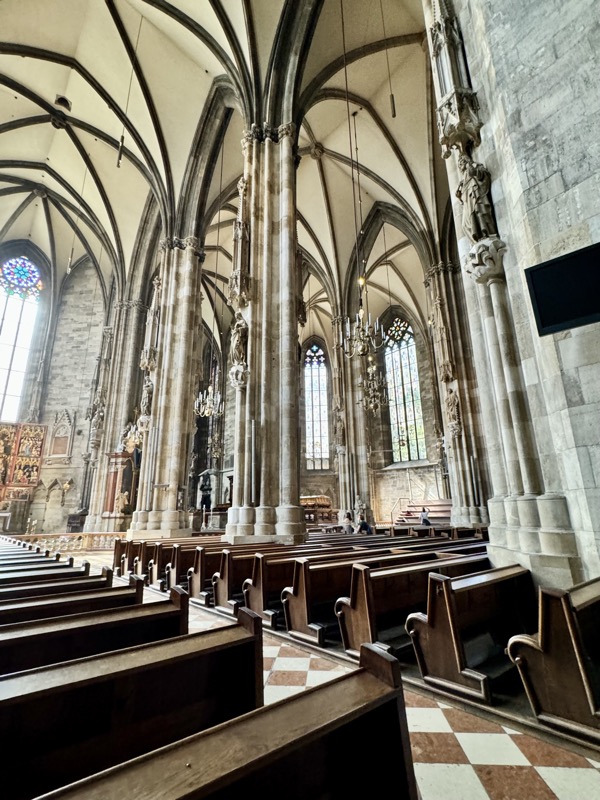
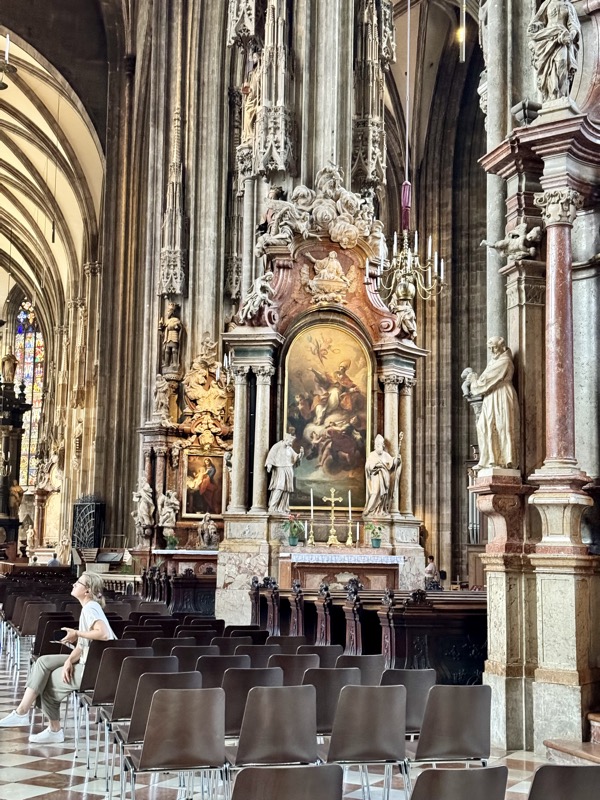
During WWII, the cathedral was saved from deliberate destruction at the hands of retreating German troops. A Wehrmacht Captain Gerard Klinkicht ignored orders from his commandant, “Sepp” Dietrich, to ‘fire a hundred shells and reduce it to rubble’. On April 12, 1945, lottery’s lit fires in nearby shops as Soviet Russian troops were entering the city. Sadly, wind carried embers from the fires to the cathedral and it suffered a severely damaged roof that eventually collapsed. Luckily, temporary protective shells that had been built around the pulpit, Frederick III’s tomb and other artistic treasures managed to help save a lot of the more valuable artworks.



The Gothic stone pulpit is a master work attributed to Anton Pilgram, though it is now believed to have been carved by Niclaes Gerhaert van Leyden. Sermons were given in local languages and in the days before audio amplifying equipment the pulpit was built against a pillar in the nave rather than in the chancel at the front of the church.
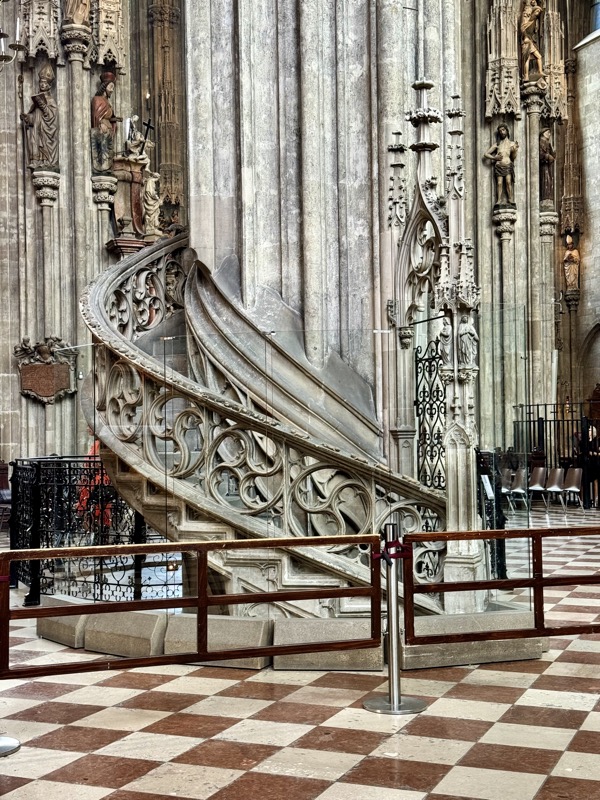
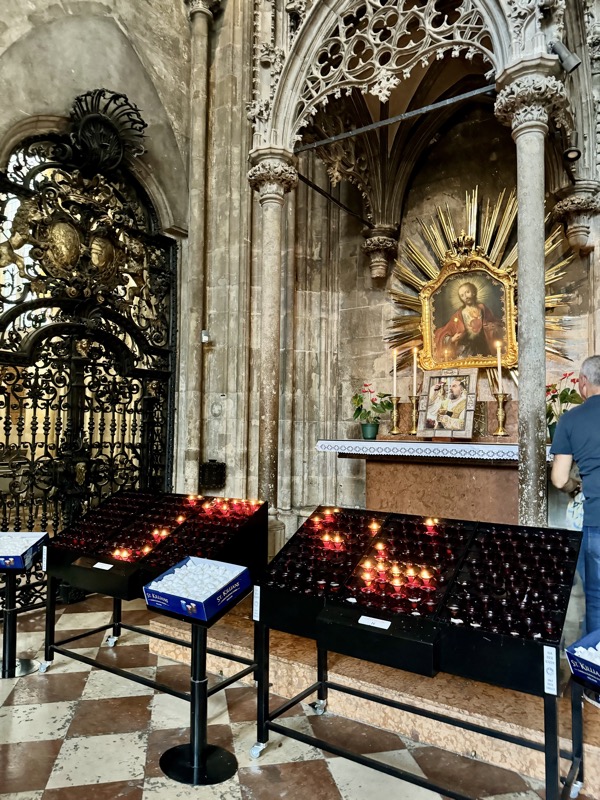
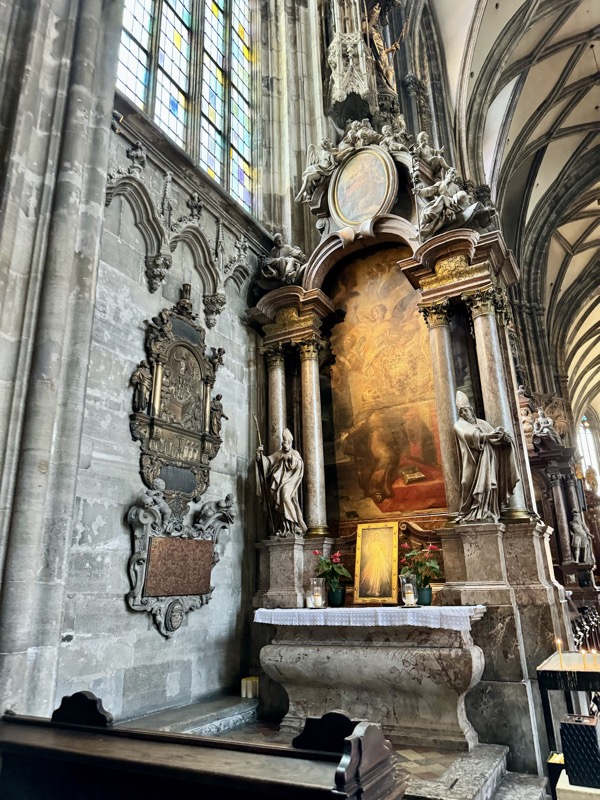
The Wiener Newstäder Altar is at the head of the north nave. It was apparently commissioned by Emperor Frederick III, in 1447.
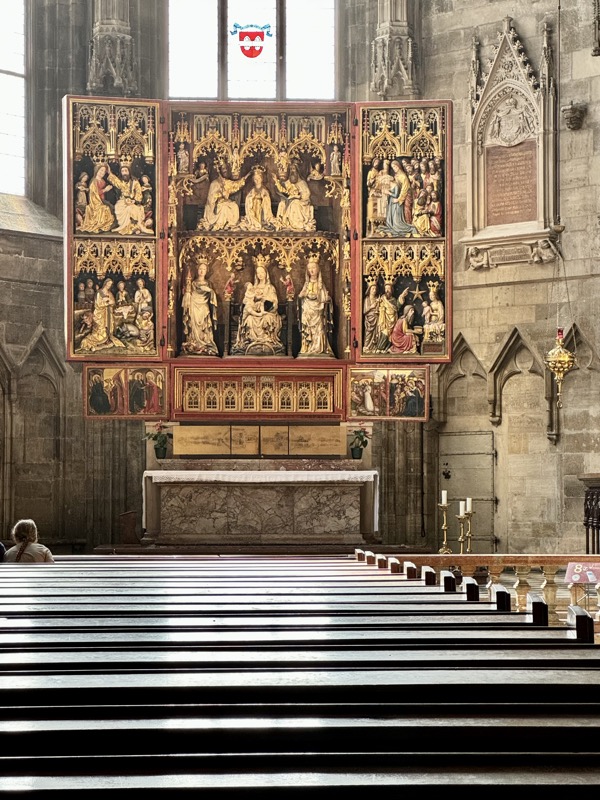



The Pötscher Madonna is a Byzantine style icon of St Mary with the baby Jesus. It takes its name from the Máriapócs, a Hungarian Byzantine Catholic shrine where it was located before it was sent to Vienna. It was claimed that the painting wept on two separate occasions in 1696, but hasn’t done so since Emperor Leopold I moved it to Vienna in 1697.
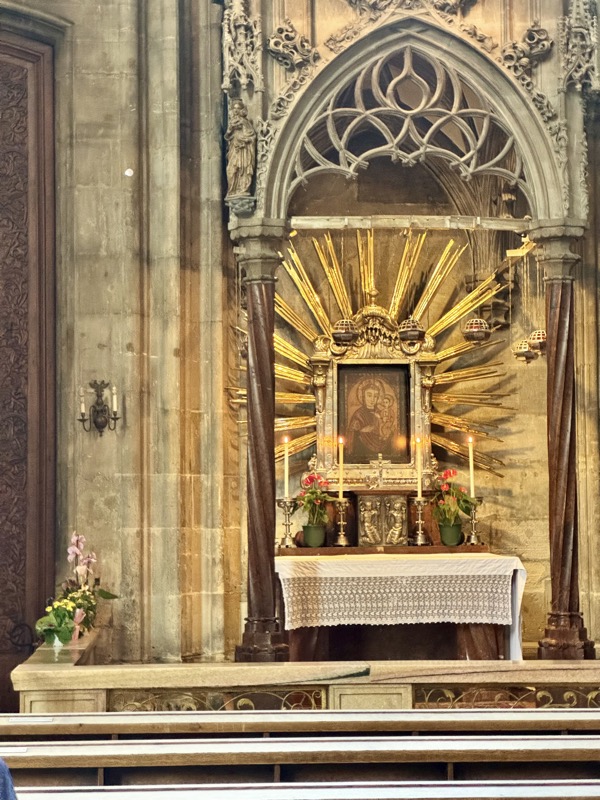
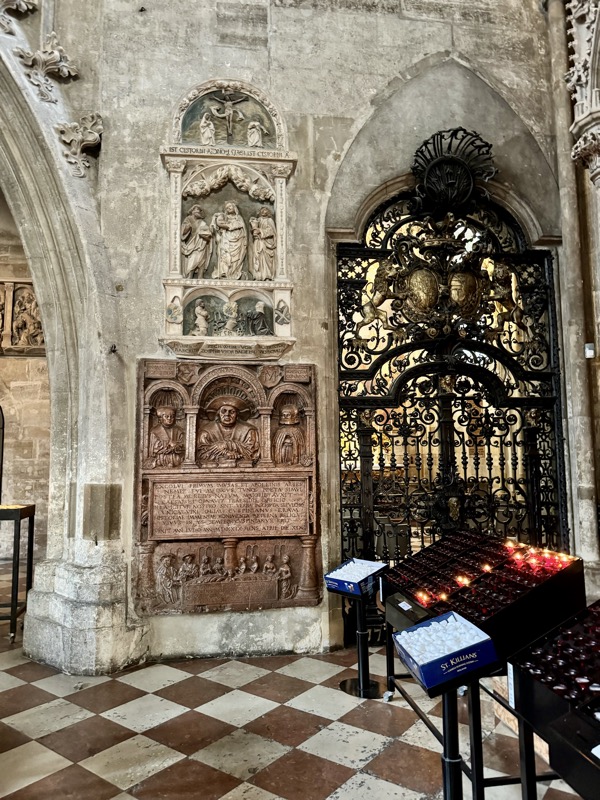

The elevator that goes up the tower to see the views and the bell – it’s a small custom built elevator. Round and holds about 4-6 people with this neat photo/light on the ceiling of the capsule.
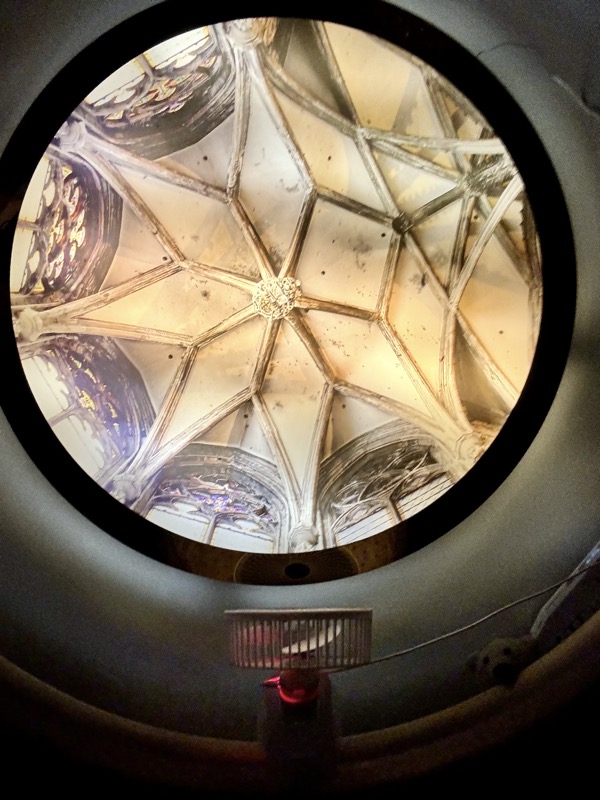
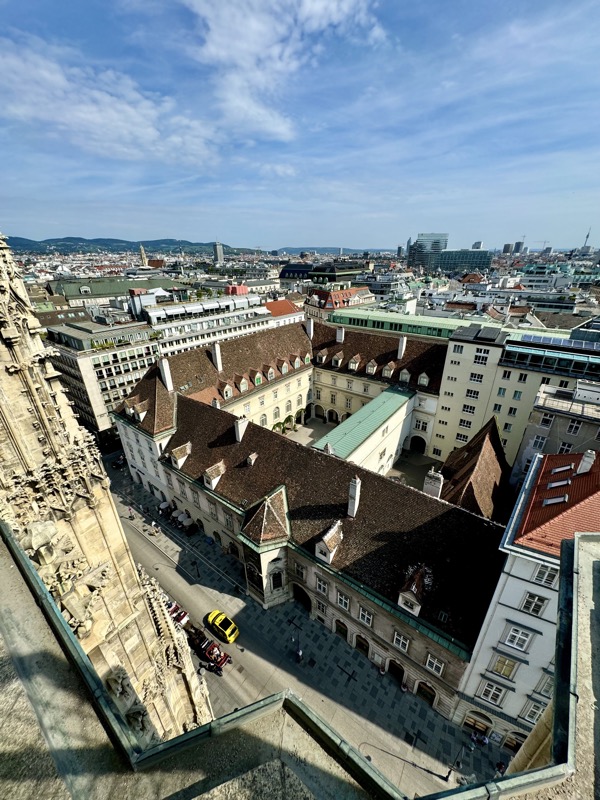

One of the most stunning and recognisable aspects of St Stephen’s Cathedral is its colourful patterned roof which is 11m long and covered by 230,000 brightly coloured glazed tiles. The filters form a double-headed eagle that is symbolic of the Habsburg dynasty that ruled Vienna.
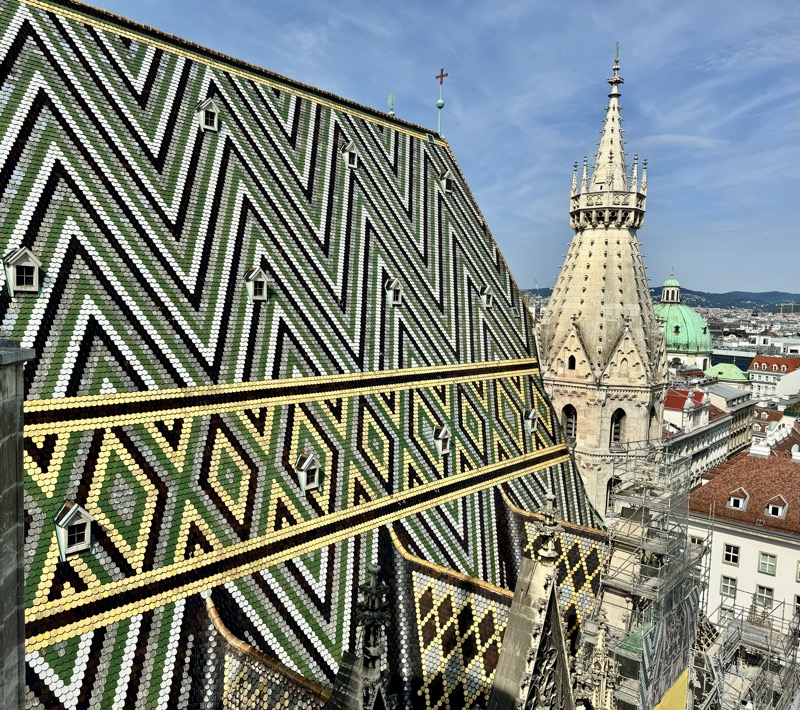
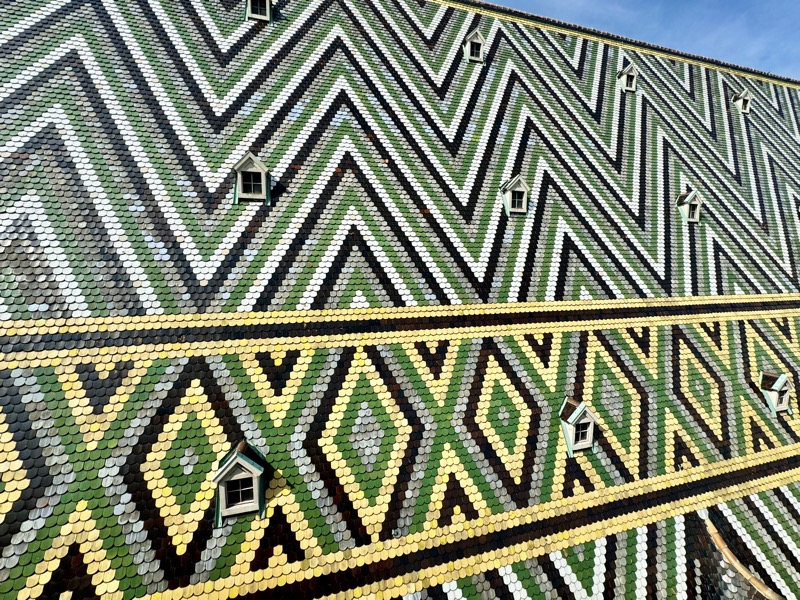

The patterns are very interesting how they intersect with the architectural design elements. I enjoy the small attic windows that poke through the designs.
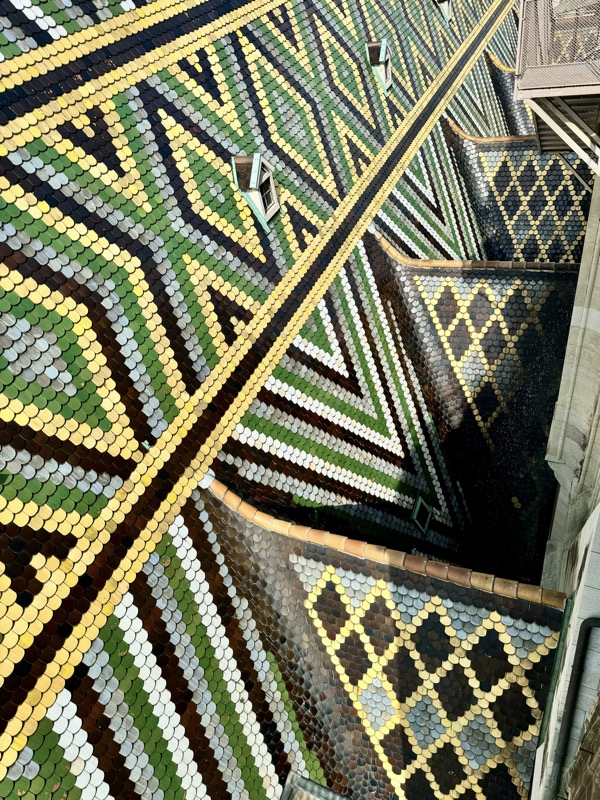
The Cathedral has 22 bells in total and the largest is named for St Mary, but is usually called the ‘Pummerin’ (Boomer) and hangs in the northern most tower. At 20,130kgs it is the largest in Austria and the second on largest swinging bell in Europe (second to the ‘Peter’ bell in Cologne Cathedral). It was originally cast from cannons confiscated from Muslim invaders at a foundry run by Johann Achammer (it’s amazing they have all these details documented!) but was recast using part of its original metal in 1951 after crashing to the floor when the wooden structure that held it burned during the 1945 fire.
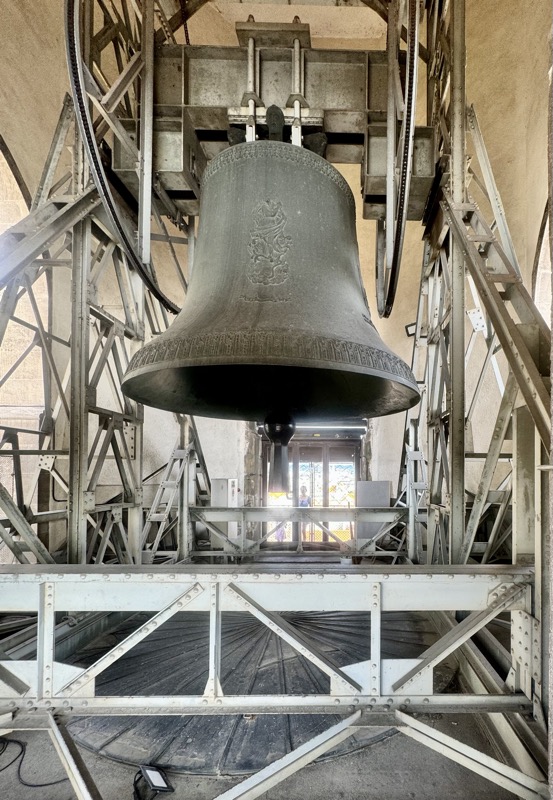
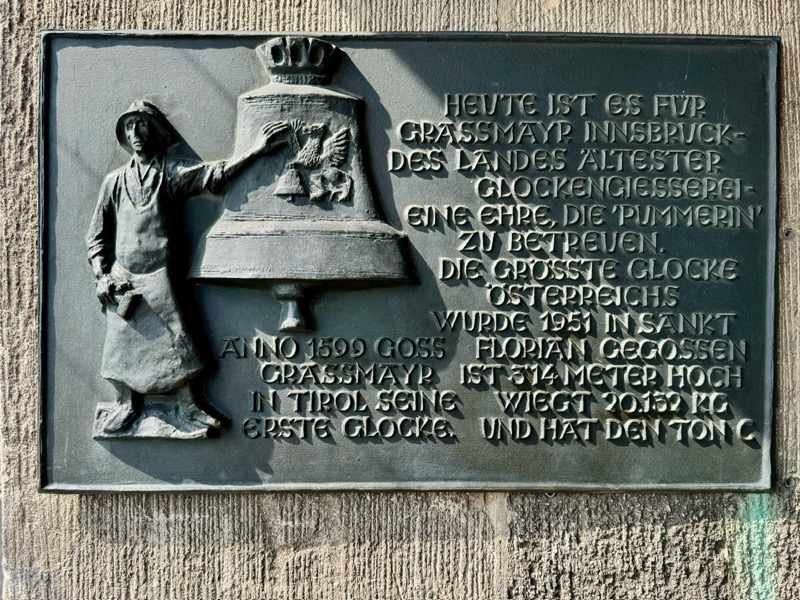
The views from the towers are spectacular – almost enough to make you forget the €7 they charge you to use the lift… this is first church we have encountered in our trip that has an entrance fee (Entrance to the church €14, entrance to the tower €7, entrance to the crypt €7… €28pp in total, which for a couple makes a AUD$90 outlay for maybe a 60-90 minute visit. I mean, I get it; it costs €2.2 million per annum for the upkeep on this particular cathedral, but it rankles a little to be charged to come into a church owned by an untaxed corporation worth over €30BN.
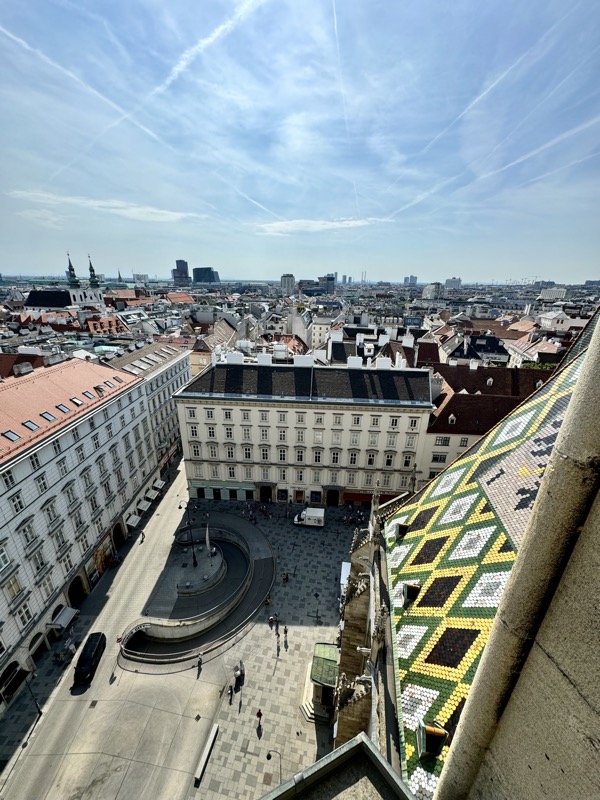
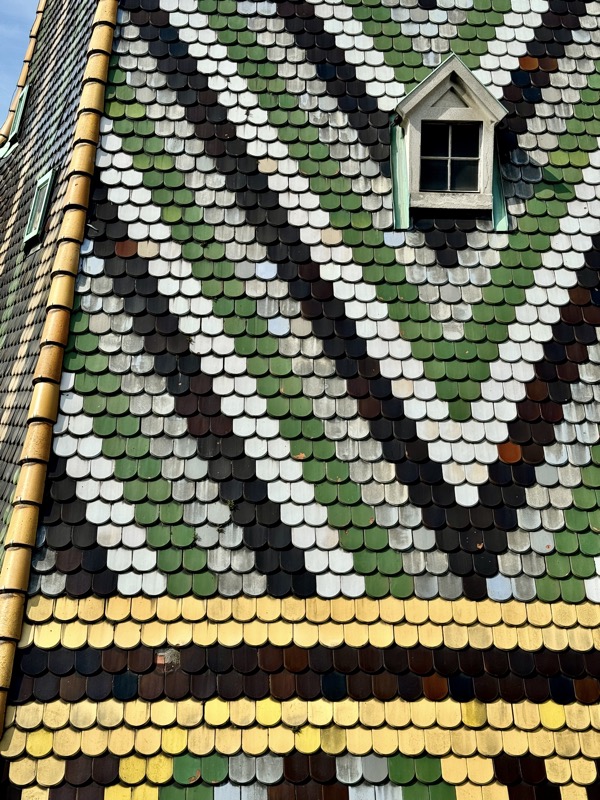
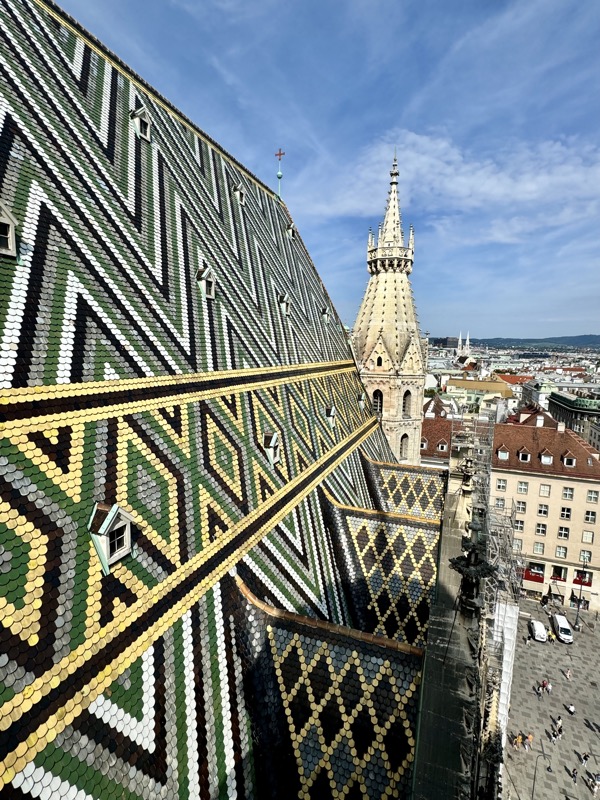
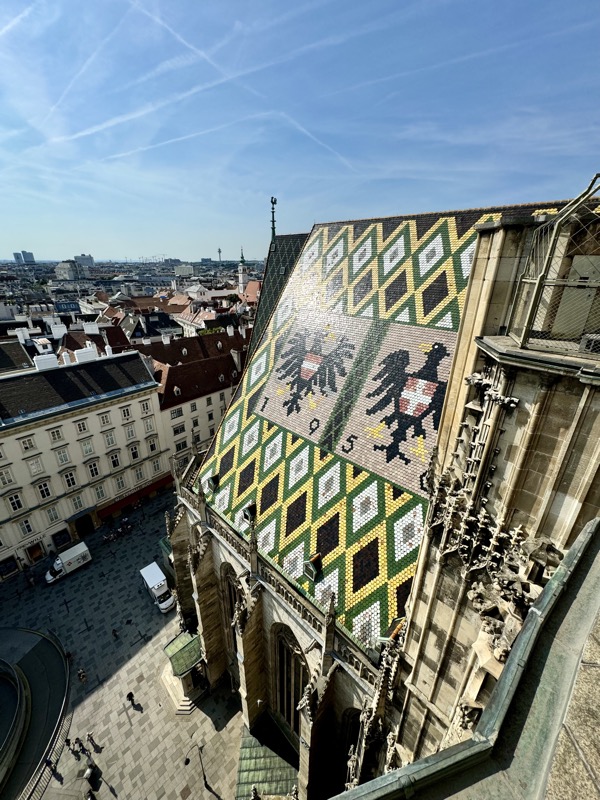
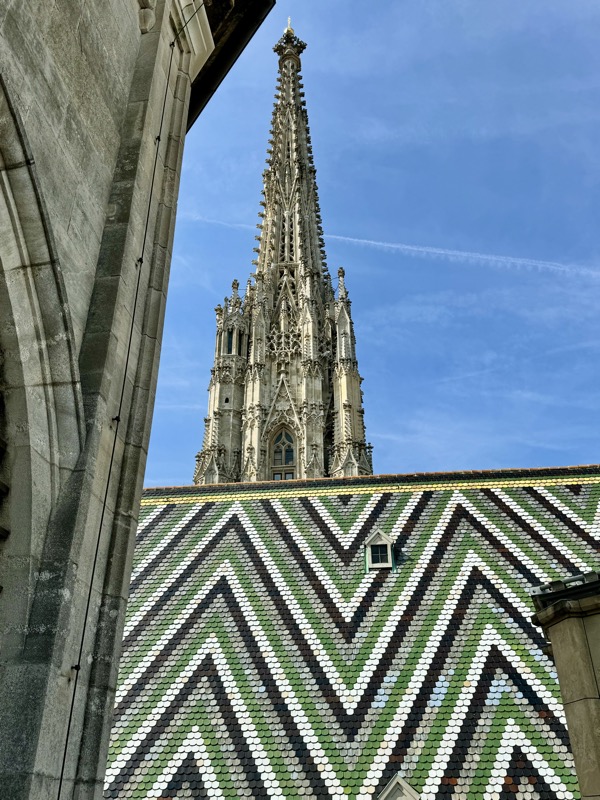
While I opted to go up to the roof and see the views and the tiles, Angus opted to visit the crypt which is said to have an ossuary (and he’s never seen on before).
Since the cathedral was established it was surrounded by cemeteries dating to Roman times and contains the bodies of nobles and commoners alike. It has always been considered a high honour to be buried inside a church and close to the sacred relics of saints and pious people. Less honourable people were buried outside nearby but not *in* the church. When the eight cemeteries near the church’s side and back walls were closed down due to bubonic plague in 1735, the bones from the cemeteries were moved into the catacombs below the cathedral. People continued to be buried in these catacombs until 1782, when new laws forbid most burials within the city walls. It is said the remains of over 11,000 people are under the church.
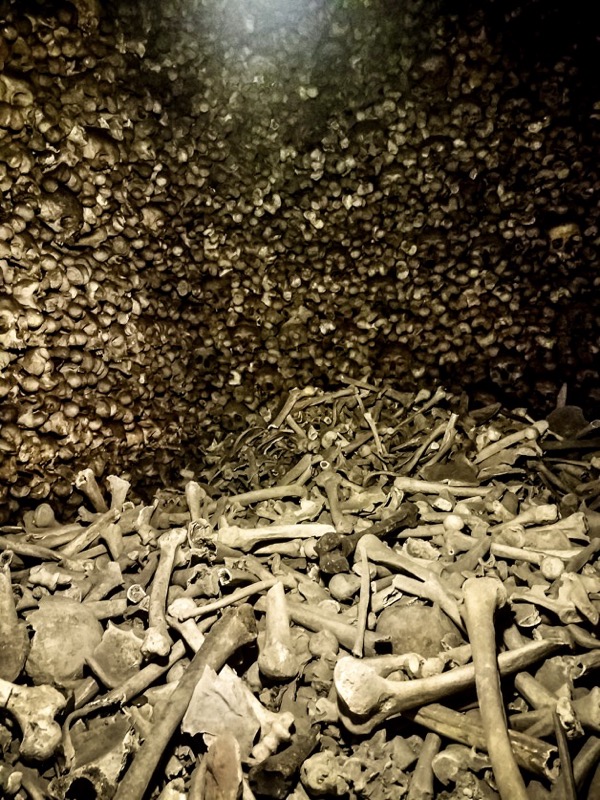
Photos sneaked – no photography allowed.
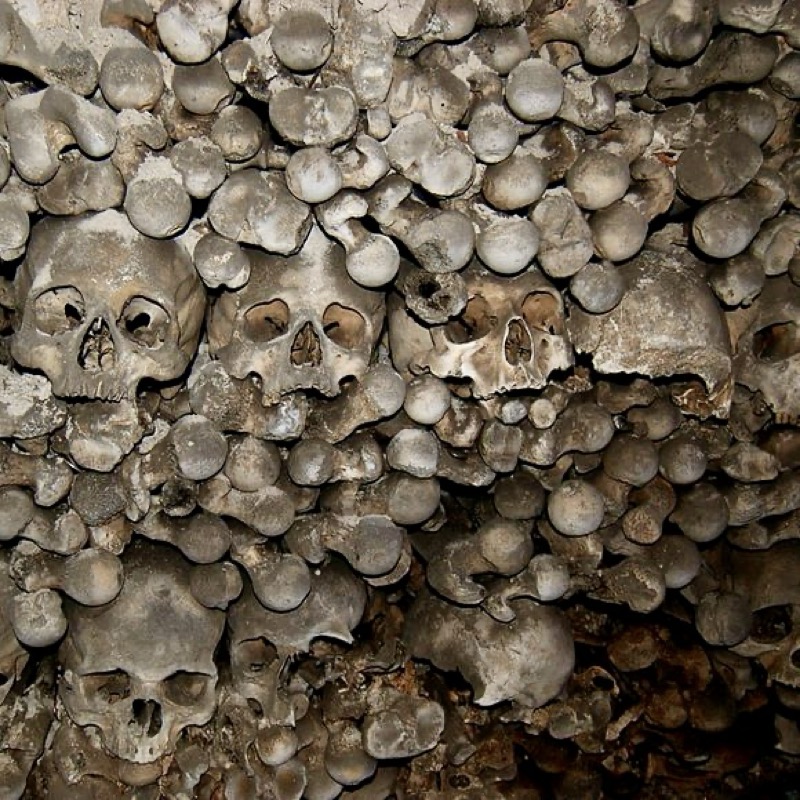

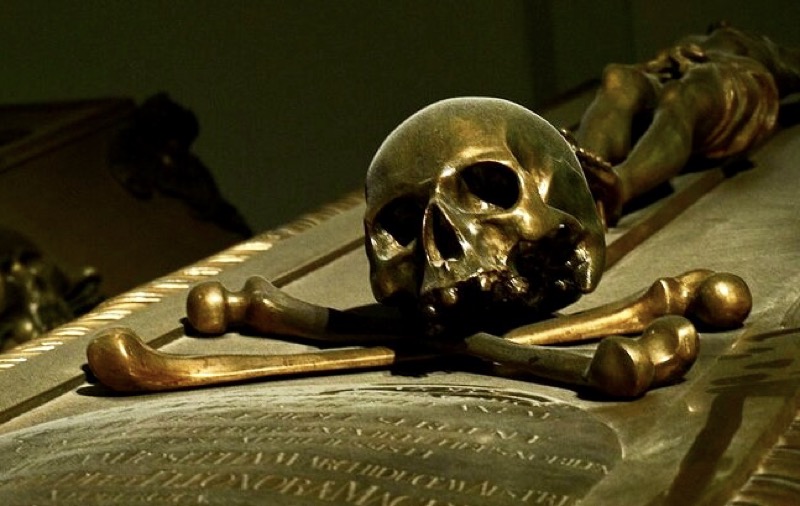
Outside the cathedral, the hustle and bustle of the city is everywhere… and I do mean ‘hustle’. There are people everywhere selling tours, cycling tuk tuk tours, horse drawn carriage rides, segue rides. It’s over the top. Souvenirs shops selling overpriced everything (bottled water is so pricey!). I nearly bought this cute little dress for a friend’s daughter, until I saw the price tag! It wasn’t well made and it was €68,00.
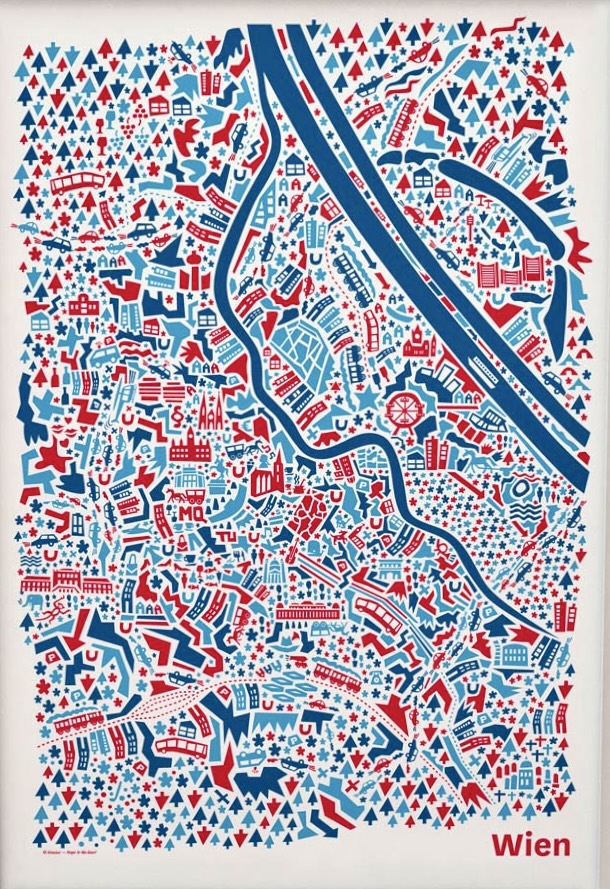
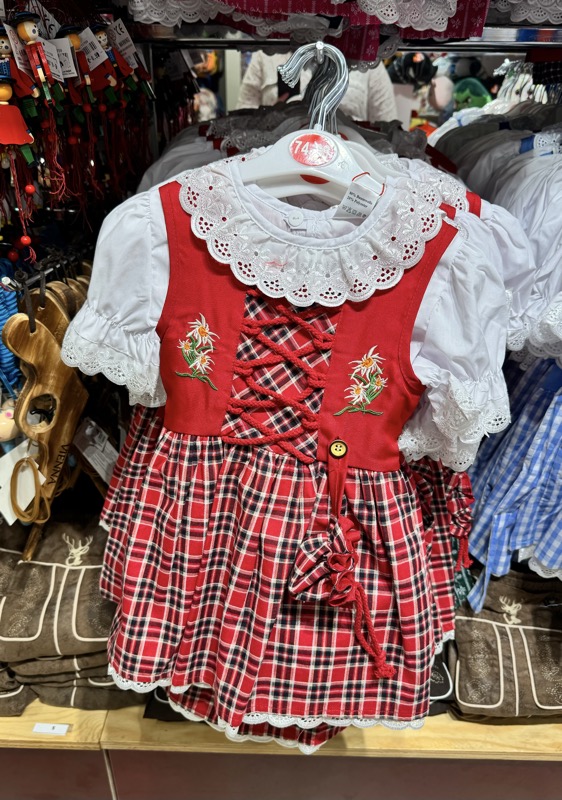
Spend the afternoon driving to Ljubljana with a gorgeous drive through the countryside.


